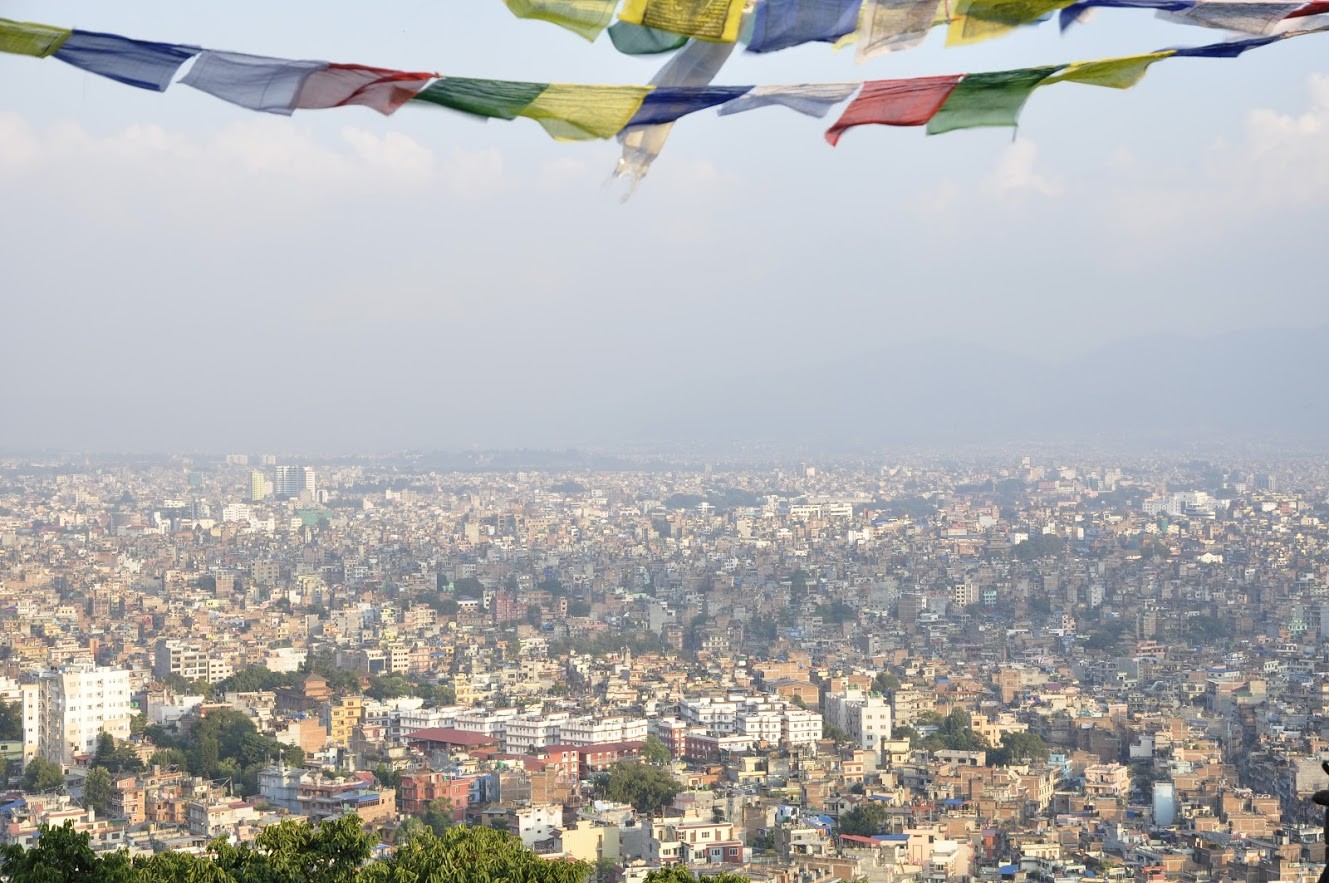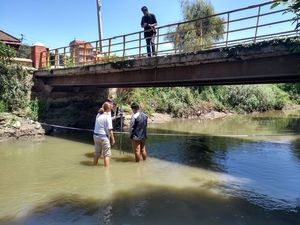Smartphones4Water-Nepal

In the autumn of 2019, two studies were conducted in the Kathmandu Valley as part of a multidisciplinary project. Driven by the rapid urbanisation and population growth, the capital of Nepal faces serious challenges in the field of water management and flood safety. Therefore, it is getting more and more important to gain a better insight in the water system of the valley and to understand which characteristics can influence the system. Luckily, a young organisation called Smartphones4Water (S4W-Nepal) started to collect data regarding these characteristics. By involving the citizens of the valley and by making use of mobile technology, S4W-Nepal does already have a wide spread collection of water related data in their Open Data Kit.
For three months, we collaborated with S4W and were able to join their efforts and use their data and connections to do research on the challenges described above.
Research 1: Understanding headwater baseflow contributions to the overall water supply of the Kathmandu Valley, Nepal
The aim of this research was to develop and evaluate potential methods for quantifying the baseflow supplies. Three different methods were used: (1) Spatial Analysis, (2) Regression Model, and (3) Black Box (machine learning). By using the average values of all three methods, we were able to close the water balance and make an assumption for the net groundwater pumping in the Valley. Based on a population of 3.5 million, a net groundwater extraction of 96 L/person/day during pre-monsoon was found.

Taking discharge measurements in a river under the ‘curious supervision’ of a local citizen (research 1)
Research 2: Return Level Analysis of Hanumante River using Structured Expert Judgment: a reconstruction of historical water levels
The objective of this research was to use citizen science and the collective memory of people to construct a flood risk analysis for the city of Bhaktapur (a smaller city in the valley). By taking surveys, we were able to obtain sufficient water level data and estimate the return levels of extreme water levels of Hanumante river by using a method called Structured Expert Judgment. This research discusses in detail the advantages and issues of using Structured Expert Judgement in situations like this and also discusses the reliability of the results.

Measuring the water level in an urbanised floodplain (research 2) (in previous years, the river almost reached the 2nd floor of the building)
S4W-Nepal (English)
